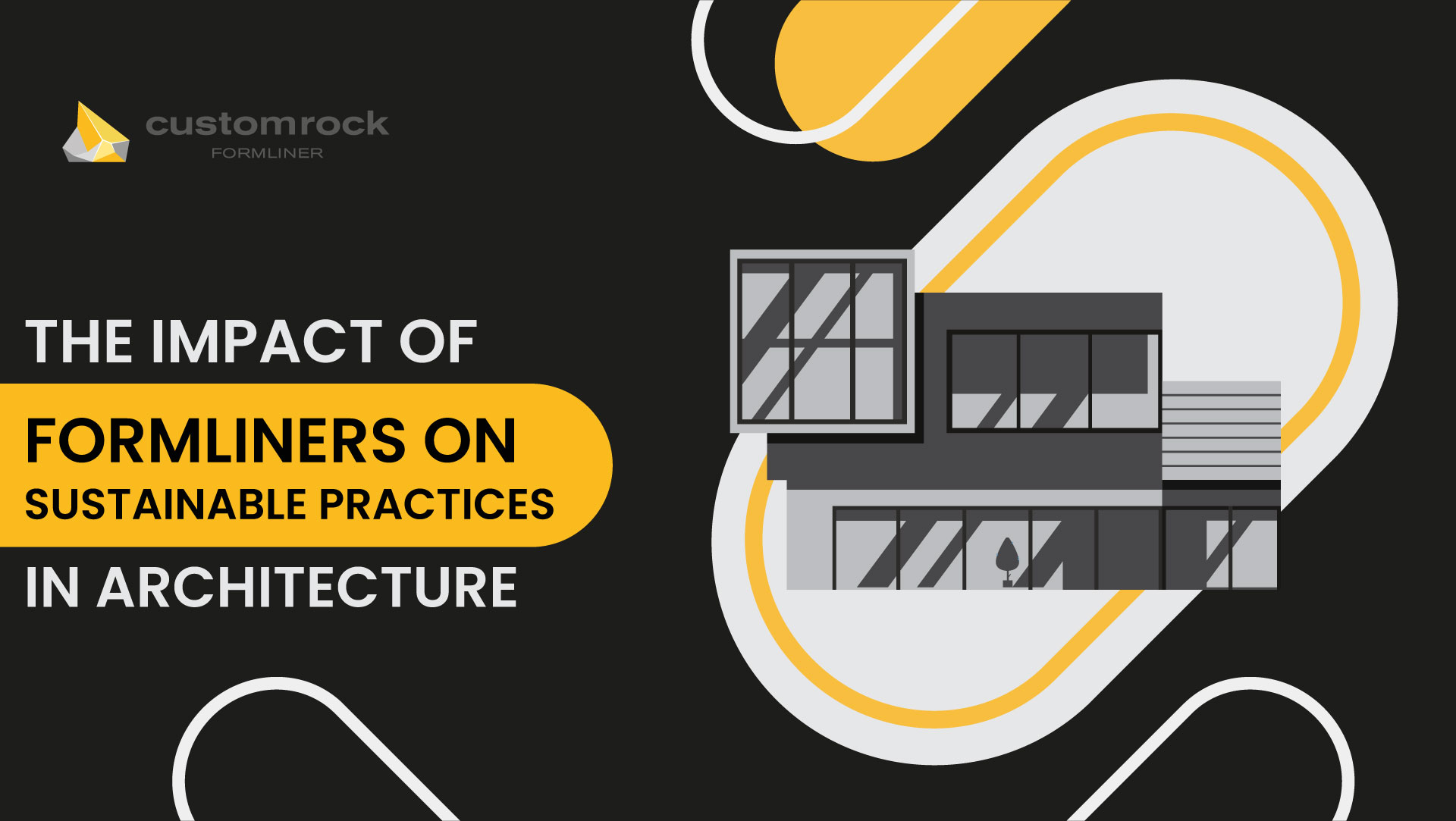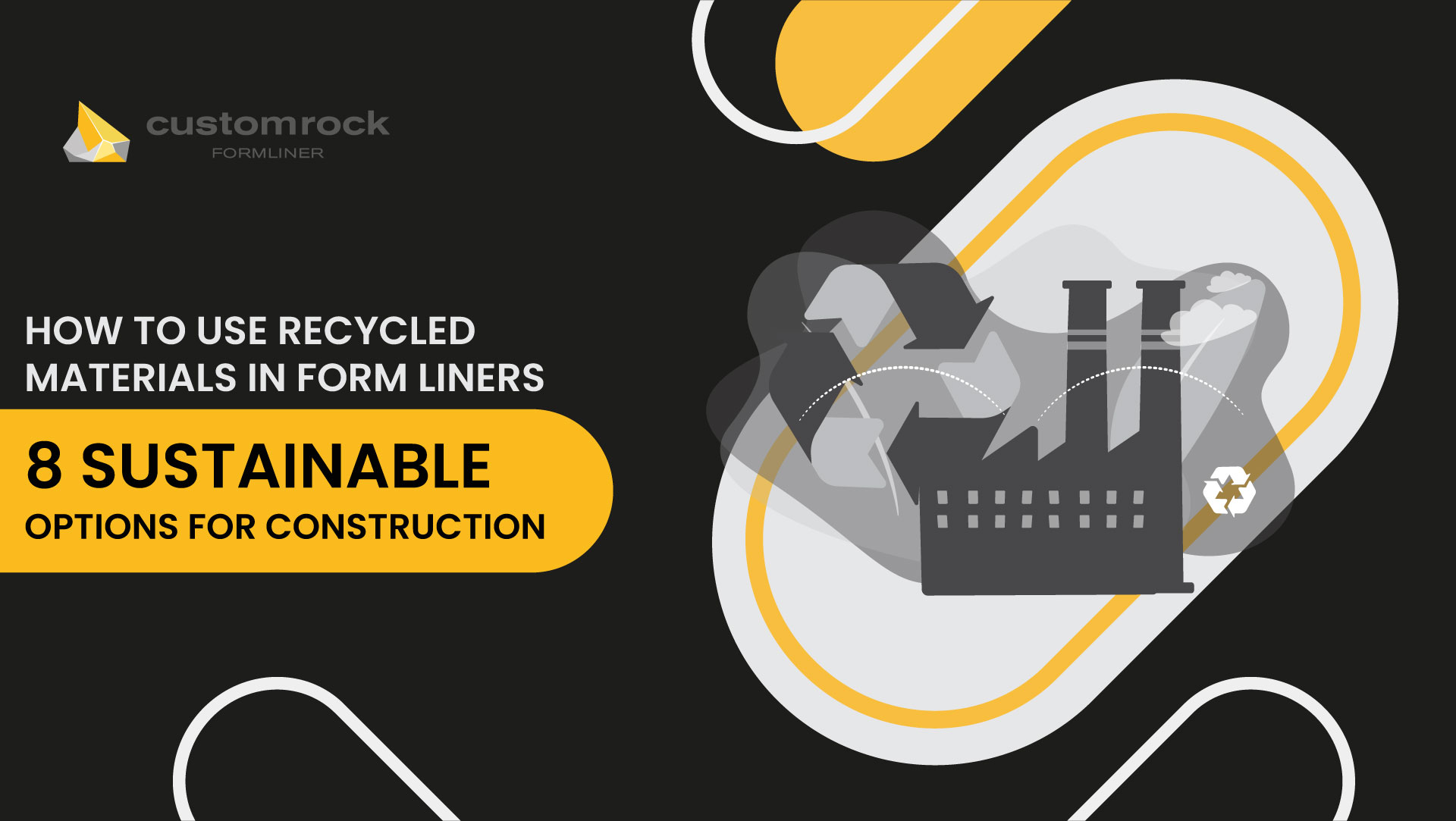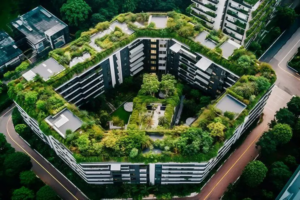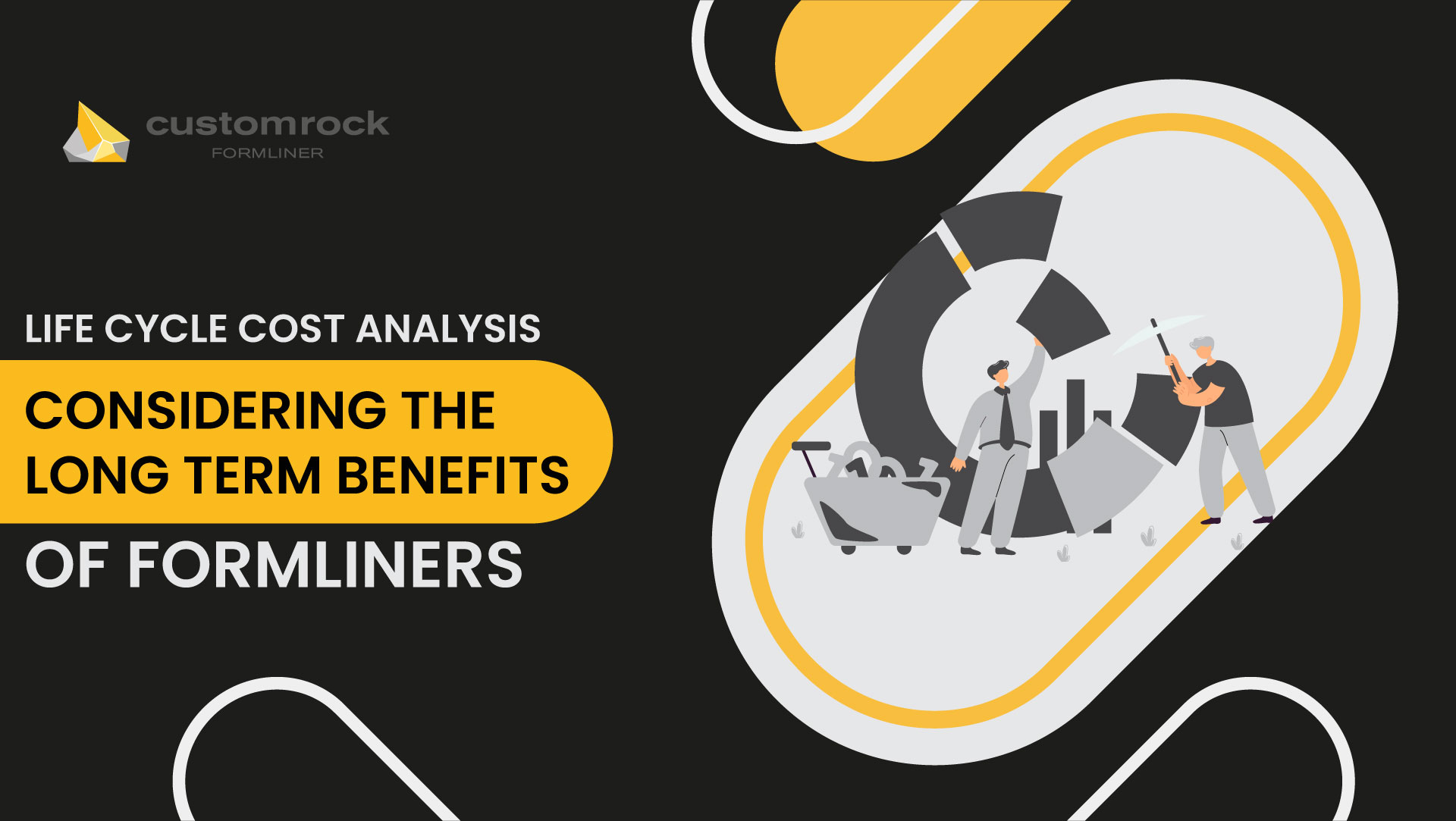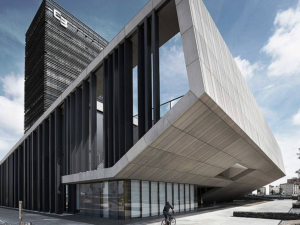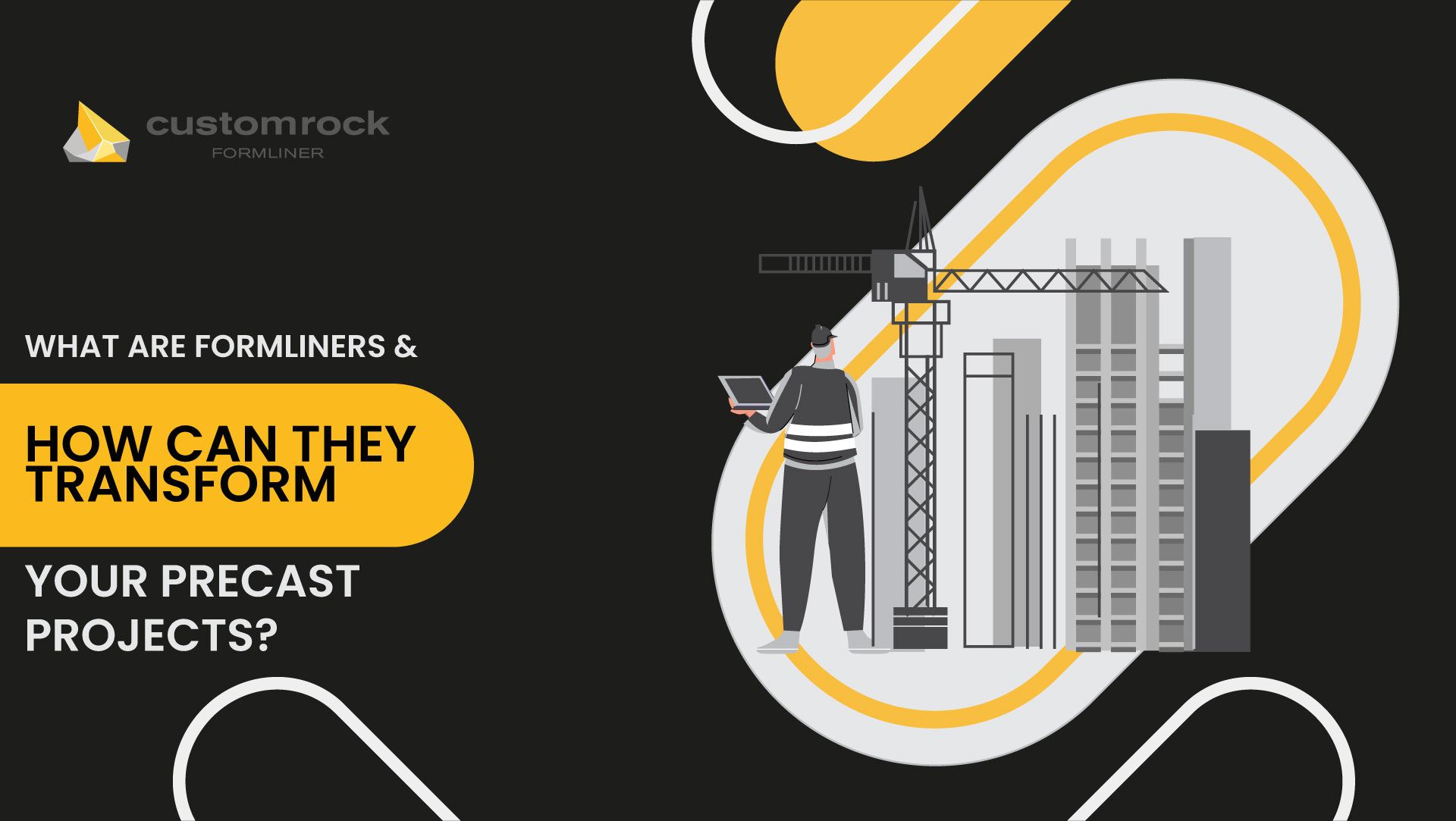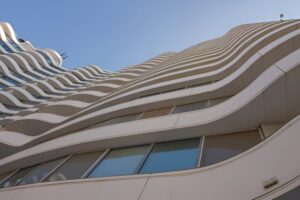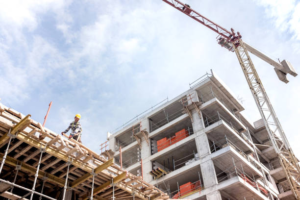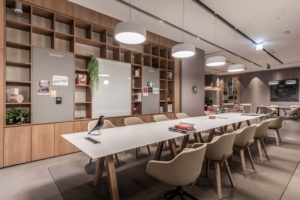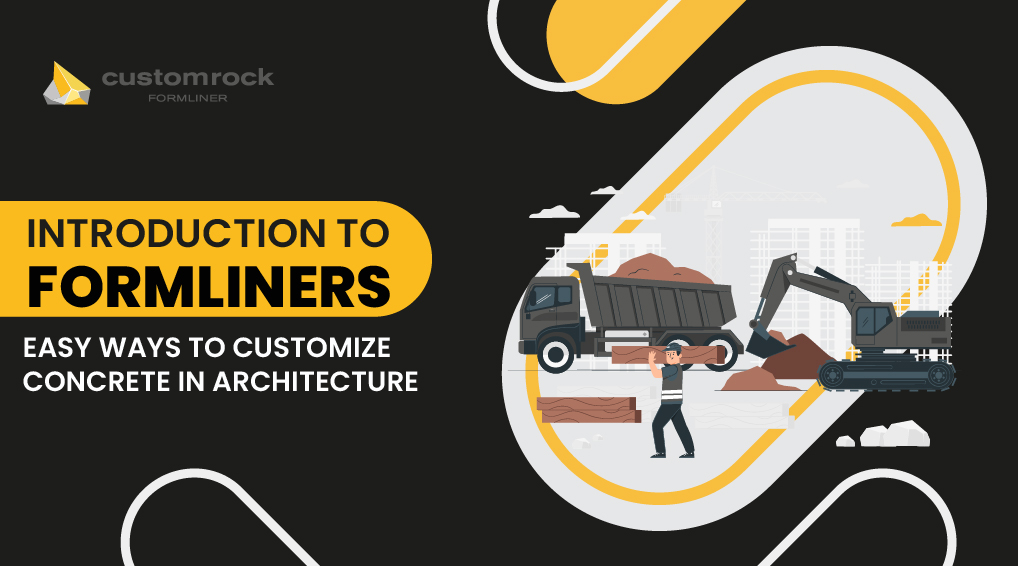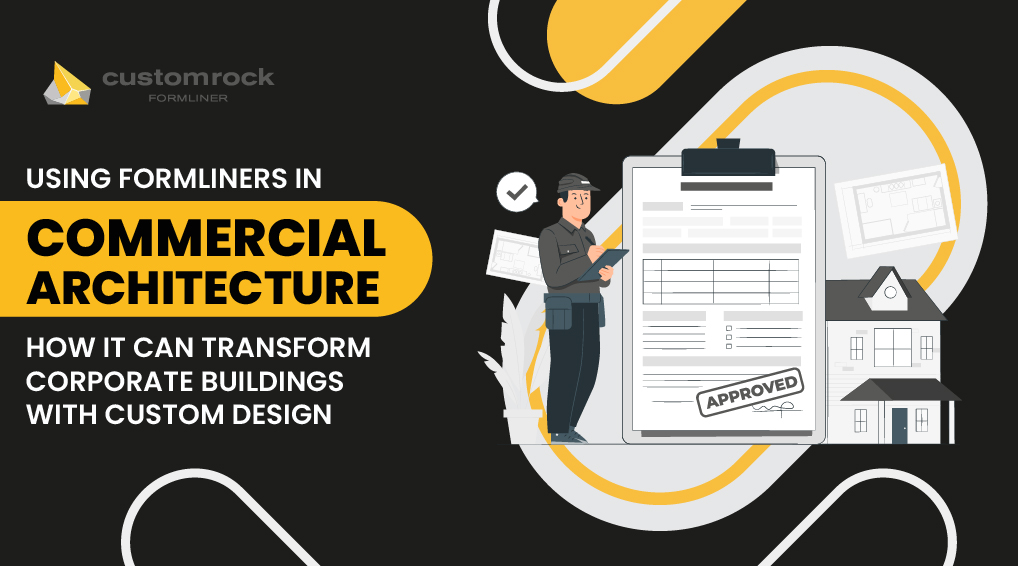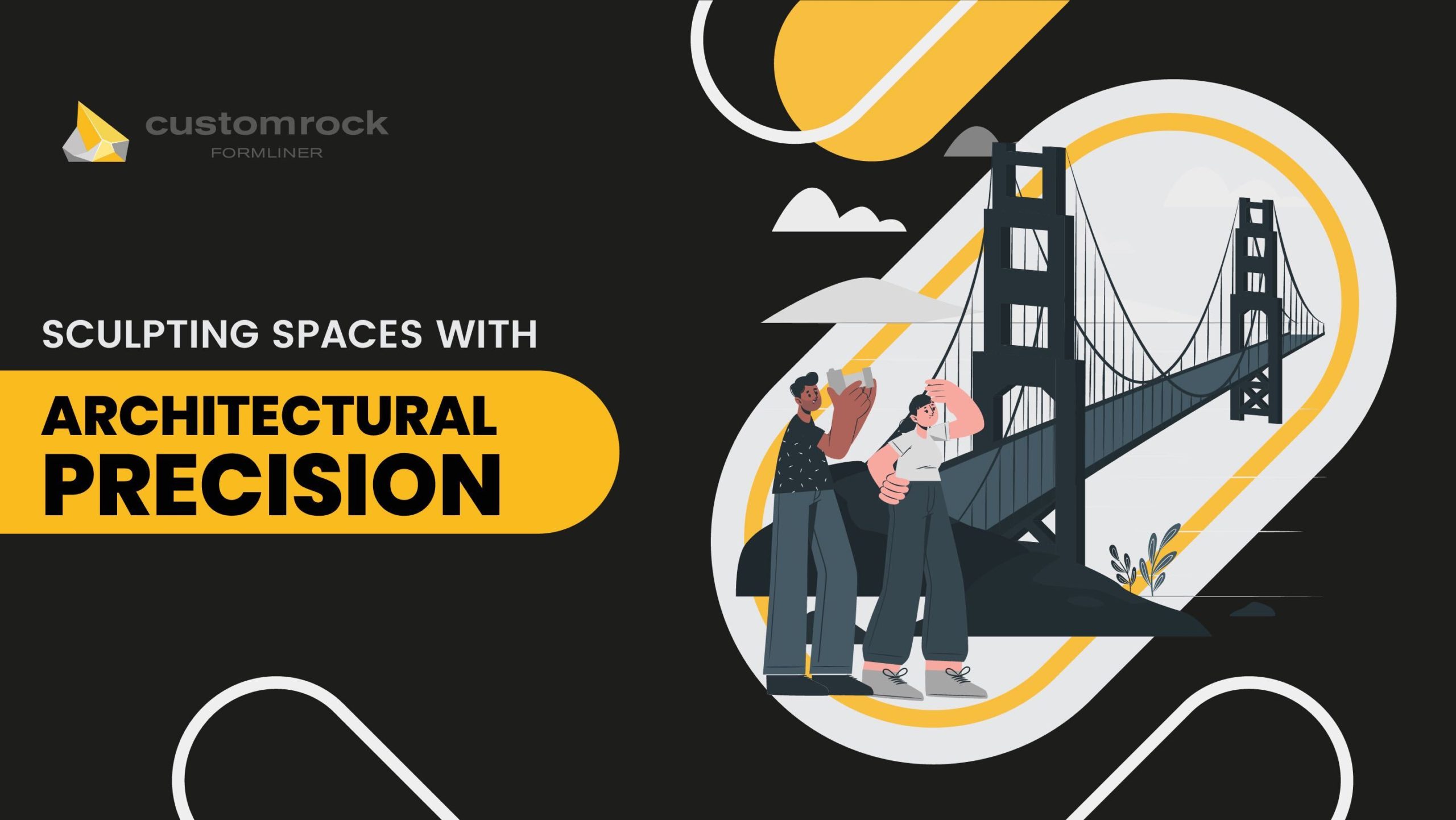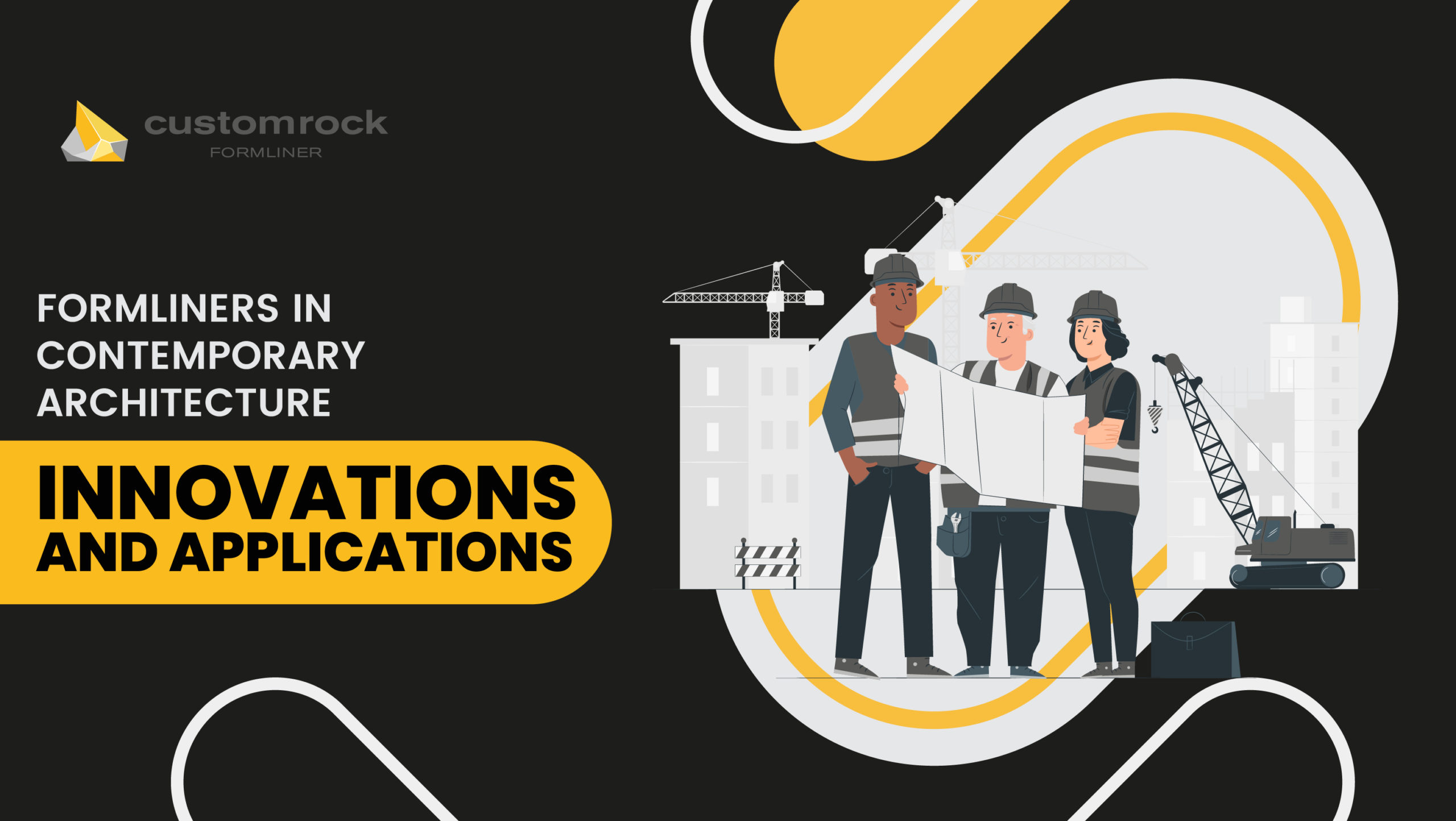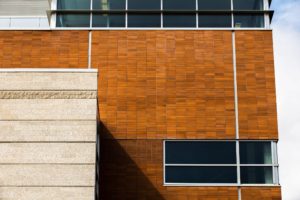TL, DR
After years of deep research, architects have found that one innovative way to integrate sustainability is to use formliners in the construction and architecture industry. Formliners contribute substantially to the sustainability and durability of the building design, increasing its overall life.
The significant impacts of formliners in architecture are:
Using formliners helps the architects achieve the required designs with efficiency by using concrete mixes and reducing the excessive requirement of materials like bricks and stones. With minimized materials, architects strive to produce the buildings’ best designs and appealing looks.
Moreover, using formliners helps build different projects in an energy-efficient manner. When buildings are constructed with durable and high-quality formliners, they are built resiliently and do not require repairs and maintenance. This results in a long life for the building and reduces the overall cost in the long run.
Formliners are versatile and can be used in different ways depending on the needs of the project. The adaptability gives rise to the flexible use of formliners and allows architects to be creative with their designs and experiment with new looks in new projects.
Formliners allow old and rough materials to be used in innovative ways in new projects or even in existing ones to give them new life.
By using recycled formliners, architects experiment with new looks and enhance the project’s visual appeal. By prioritizing energy and resource efficiency and minimizing waste, architects can achieve a good ranking under regulatory systems and points.
It helps encourage more sustainable construction practices and enables everyone to stand by Sustainability. All these things are often neglected but make a big impact on society by providing sustainable residential and corporate areas.
The Impact of Formliners on Sustainable Practices in Architecture
Sustainability is no longer an exaggeration or a buzzword in the architecture landscape but a primary requirement and a fundamental principle that influences the construction processes and practices. With the increasing global warming and its impacts, the awareness about saving nature and other environmental causes is also increasing.
This increased awareness asks for imperatives to reduce energy wastage, carbon footprint, and pollution. To achieve this goal, architects are constantly experimenting and looking for ways to integrate Sustainability into architecture and, ultimately, into construction practices.
Over years of deep research, one innovative way architects have found to achieve sustainability in architecture is by using formliners in the construction and architecture industry. This article mainly deals with the impacts of formliners on Sustainability in architecture.
What are Formliners?
Formliners are molds or patterns used to add textures and patterns to hard concrete. They are traditionally used to enhance a building’s aesthetic appeal and visual appeal, but they are not confined to visuals. Formliners contribute substantially to the Sustainability and durability of the building design, increasing its overall life.
The impacts of formliners on the sustainability of the designs are evident as they transform the entire building process and impact various aspects of architecture. Some of those impacts are discussed briefly in this blog.
Impacts of Formliners on Sustainability in Architecture
1. Resource Efficiency
Formliners are the best way to reduce material use as they enable architects to design intricate patterns and textures on the concrete without requiring more than proportionate resources and materials. It follows the concept of less is more to an extent.
The use of formliners helps architects achieve the required designs efficiently by using concrete mixes and reducing the excessive requirement of materials like bricks and stones. With minimized materials, architects strive to produce the buildings’ best designs and appealing looks.
This resource-efficient approach substantially minimizes material wastage, which results in less pollution and a more eco-friendly living environment. It also helps to reuse the material in different forms that are required to be disposed of.
This approach, if used globally, can reduce a large amount of material waste that pollutes the land and water and harms the environment in many ways.
2. Energy Efficiency
Another advantage of using formliners in architecture that improves Sustainability is its energy-efficient approach. Using formliners helps in building different projects in an energy-efficient manner.
Architects can manipulate natural light and shadows by incorporating textured concrete surfaces. This reduces the need for artificial lighting during the day. Moreover, different formliners have different properties, such as thermal mass and insulation effects.
These properties of the formliners contribute to temperature regulation, decreased energy consumption, and increased ventilation within the buildings, as well as providing a better living environment with a sustainable approach.
With these formliners, using renewable energy sources like solar energy and wind energy can also help achieve a sustainable environment with a living capacity.
3. Durability and Longevity
Formliners are often misunderstood as a material that increases a building’s visual appeal. However, they do much more than this. Textures and patterns on concrete achieved by using formliners enhance the building’s durability and longevity.
These textured concretes are resistant to wear and tear, corrosion, weathering, etc., which reduces the overall maintenance and repair cost.
When buildings are constructed with durable, high-quality formliners, they are resilient and do not require frequent repairs and maintenance. This results in a long life for the building and reduces the overall cost in the long run.
Not only this, but more maintenance means more waste, which is not the case when using formliners. This means a sustainable environment is also achieved by using formliners in construction and architecture.
4. Adaptability and Flexibility
Adaptability and flexibility are counted as the primary advantages of using formliners in architecture. Formliners are versatile and can be used differently depending on the project’s needs.
This adaptability leads to the flexible use of formliners and allows architects to be creative with their designs and experiment with new looks in new projects.
Formliners allow users to opt from organic designs to more contemporary and modern designs and to get different patterns without compromising on eco-friendliness and Sustainability.
Furthermore, this flexibility allows the integration of sustainable designs in various projects, from corporate buildings to residential apartments and big urban development centers.
5. Waste Reduction and Recycling
Compared to traditional construction methods, formliner construction is less waste-producing and allows recycling within construction practices. Formliners substantially reduce costs by reducing the generation of offcuts and additional materials that traditional methods do not practice.
While reducing all this additional waste, formliners are often reusable and made from recycled materials like plastic, steel, glass, and bricks, which further reduces environmental footprints.
All this recycling and reusing not only saves the environment but also saves additional costs for more resources needed in the construction. By prioritizing materials to be reused, architects promote a circular economy in the construction industry where materials can be used repeatedly. This can create a circular flow that reduces waste and enhances sustainability and cost-effectiveness in construction.
6. Reduced Transportation Emission
Using formliners in construction enables the architects to cast or fix the decorative elements directly into the concrete at the construction location or by precasting in any nearby factory. This helps reduce the intense cost incurred in transporting the required material over a long distance repeatedly.
This reduces transportation, helps reduce carbon footprints generated by transport, and allows workers to complete the construction directly on-site. Not only this, but it also saves energy.
These things are often neglected but significantly impact society by providing sustainable residential and corporate areas.
7. Innovation in the Reuse of Concrete
Innovation only sometimes requires new resources or materials. Using existing formliners can give a building a new look.
Formliners allow old and rough materials to be used innovatively in new projects or even in existing ones to give them new life. By using recycled formliners, architects experiment with new looks and provide an exceptional look to the project’s visual appeal.
This practice aligns with the goal of sustainable construction practices for architects. It allows them to achieve the required perfection and innovation in new designs without wasting a massive amount of material.
8. Promotion of Green Building Standards
Using formliners can help architects achieve different green building standards and certificates such as LEED (Leadership in Energy and Environmental Design). By prioritizing energy efficiency, resource efficiency, and minimizing waste, architects can achieve good ranking under regulatory systems and points.
It helps encourage more sustainable construction practices and enables everyone to stand by Sustainability. The use of form liners shows that the construction industry has goodwill and commitment towards sustainable construction practices and is working for the well-being of society.
Final Thoughts
Formliners play a significant role in building more sustainable urban centers and better places for coming generations. It’s about time architects start integrating formliners into the entire construction industry and avail themselves of their numerous benefits.

